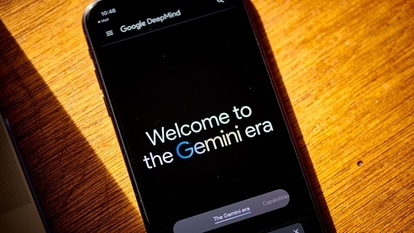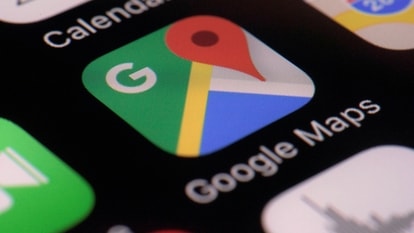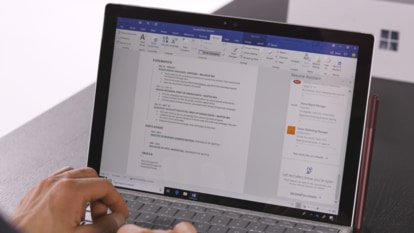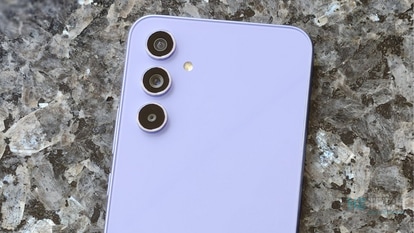Ahead of time
Making sense of time, zones and clocks...and how to get the time – the exact time – on your PC or mobile. Prasanto K Roy tells us in detail.
It's 7 am in Dhaka, and the sun's first rays come through my window in the Sheraton. In Kolkata, just 150 miles southwest from here, it's only 5.30 am, and the sun will rise very soon there too - just six minutes later. And 60 miles east of where I am, in Agartala, the sun's already risen two minutes ago, at 5.28.
Welcome to the strange world of time zones. If you fly east from Kolkata and watch the plane's real-time map, you'd see the local time jump 90 minutes ahead as you cross into Bangladesh. Keep flying past Dhaka, and in 10 minutes you'll see the clock jump back by 90 minutes. Keep going east, past the Burmese border and the clock will go forward 60 minutes. Further east (or south-east, to avoid China), cross the Thai border, and your clock goes ahead 30 minutes - back to Dhaka time!
This jump-ahead-then-back clock for a straight flight is rare, but not unique. But a big jump like this could mean that someone hasn't chosen time zones well. In this case, it's both India and Bangladesh. Bangladesh, already 30 minutes ahead of India, decided this year to move to daylight saving time, advancing an hour to GMT+7. It moved 'ahead' of its neighbourhood: 90 minutes ahead of India, an hour ahead of Bhutan, 75 minutes ahead of Nepal, and 30 minutes ahead of Myanmar, which is considerably to its east.
It has a reason: it can use daylight better. Consider that Kolkata has sunrise at 5.30 am, but offices open at 9.30 am, wasting four hours of daylight. On the other hand, sunset is at 5 pm. Streetlights come on at 6 pm in Kolkata (versus 7.30 pm in Dhaka). What's wrong with Bangladesh's plan is that it's sticking to daylight-saving time, without changing it back for the winter.
India's time zone is more messed up. The problem is India's wide span from west to east: 65°E to 97°E longitude. Every 15 degrees means an hour, so we have over two hours' difference between Mumbai and Arunachal Pradesh. Our problem is not unique. There are other big countries out there. Russia spans 11 time zones (exceeded only by France's 12 zones, thanks to its scattered presence across the world). The USA uses nine time zones. But India (like China) blindly enforces one time zone onto the entire nation, based on its 82°E meridian near Allahabad. This looks okay to Delhi, but the sun rises in Mumbai an hour after Kolkata's sunrise. There's daylight at 4.30 am in Itanagar and elsewhere in the northeast, yet offices open at 9 am. What a waste of five hours of daylight, and what a waste of electricity when the sun sets at 4 pm and lights have to come on.
There's been a half-hearted movement for a separate time zone for the northeast, but it's not going anywhere. The northeast doesn't matter to New Delhi, barring its strategic value whenever China wakes up. Here's hoping for a dual time zoning someday: GMT+5 from Mumbai to Allahabad, and GMT+6 to the east of UP.
The Exact Time
Quick: Just what is time? I won't try to squeeze into this column the philosophy or physics. But time is one of the most critical measures of modern life... and it's been measured by sun and shadows, sand in an hourglass, a pendulum, a beating heart... and quartz clocks.
The quickest way to check the exact time is to enter (for instance) "Bangkok time" into Google. And you'll get something like: 7.35pm Monday (ICT) - Time in Bangkok, Thailand. For more resources, check worldtimeserver.com.
If you, like many, depend on the mobile for your time, don't depend entirely on 'network time'. Set your phone clock to atomic time once a month, and you'll probably find it doesn't go off by more than a few seconds. You'll find lots of free smartphone software that lets you track world time, and switch to a different city's time zone when you travel. And also sync to atomic time (e.g. FreeTimeBox).
The most accurate measurement of time is the atomic clock, which you can access via the Net. Windows users can install Atomic Clock Sync (http://bit.ly/atomic2703) and run it once a week (or set it to auto-sync daily), to keep the PC clock to within a tenth of a second of international atomic time. Keep a digital wall clock, check it against this and you'll have a reliable master clock. (Useful, when today's high-end watches are mechanical, and not as accurate as digital quartz watches.) Windows has an 'Internet time update' option, but it usually doesn't work properly.
If you lived in Europe or USA you could buy atomic-time auto-sync wall clocks; but in India, we don't have the atomic-time radio signals they need to sync. I'm still looking for an Internet-synced wall clock. I hope someone makes them soon, perhaps that old fuddy-duddy HMT, which had a tagline that was ahead of the times: "If you have the inclination, we have the time - the exact time".
The author is chief editor at CyberMedia, publisher of 15 specialty titles such as Voice&Data. pkr@cybermedia.co.in, twitter.com/prasanto
Catch all the Latest Tech News, Mobile News, Laptop News, Gaming news, Wearables News , How To News, also keep up with us on Whatsapp channel,Twitter, Facebook, Google News, and Instagram. For our latest videos, subscribe to our YouTube channel.

























